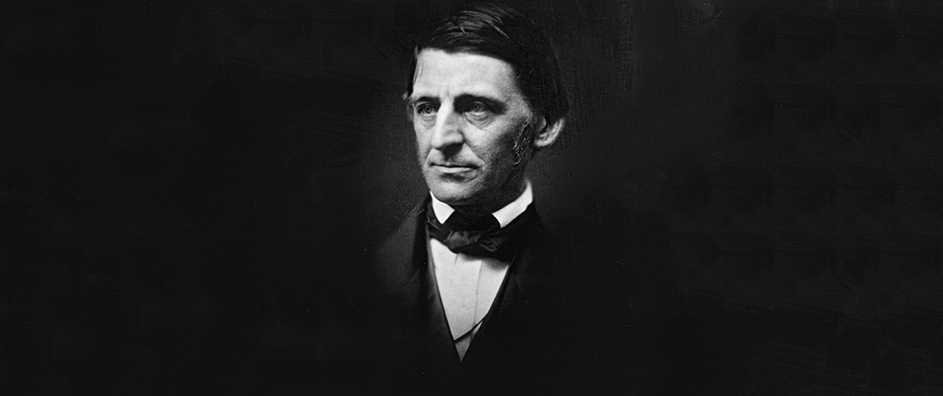The views expressed in our content reflect individual perspectives and do not represent the authoritative views of the Baha'i Faith.
In high school, like most other American teenagers, I read and studied John Steinbeck’s novel The Grapes of Wrath.
If you’re not familiar with this great work of art, here’s Wikipedia’s brief summary:
Set during the Great Depression, the novel focuses on the Joads, a poor family of tenant farmers driven from their Oklahoma home by drought, economic hardship, and changes in the agricultural industry forcing tenant farmers out of work. Due to their nearly hopeless situation, and in part because they were trapped in the Dust Bowl, the Joads set out for California. Along with thousands of other “Okies”, they sought jobs, land, dignity, and a future.
The title of Steinbeck’s book, an apocalyptic appeal to divine justice and deliverance from oppression, comes from this biblical passage in the book of Revelation 14:19–20:
And the angel thrust in his sickle into the earth, and gathered the vine of the earth, and cast it into the great winepress of the wrath of God. And the winepress was trodden without the city, and blood came out of the winepress, even unto the horse bridles, by the space of a thousand and six hundred furlongs.
This powerful novel, which won the Pulitzer Prize and the National Book Award and eventually resulted in the Nobel Peace Prize for its author, centers on the thematic idea of the family of man. Steinbeck portrayed poor tenant farmers as part of the fabric of humanity, with their struggles and pain shared by all of us.
In the book Steinbeck describes what students of literature now call the concept of the human “oversoul,” which he borrowed from American philosopher Ralph Waldo Emerson and the transcendentalists. Emerson said the oversoul means that every individual is eternally connected with every living thing in the universe:
We live in succession, in division, in parts, in particles. Meantime within man is the soul of the whole; the wise silence; the universal beauty, to which every part and particle is equally related, the eternal ONE. And this deep power in which we exist and whose beatitude is all accessible to us, is not only self-sufficing and perfect in every hour, but the act of seeing and the thing seen, the seer and the spectacle, the subject and the object, are one. We see the world piece by piece, as the sun, the moon, the animal, the tree; but the whole, of which these are shining parts, is the soul. – The Oversoul, from Emerson’s Essays: First Series, 1841.
 Once I understood this beautiful concept, the idea of the eternal One, it struck me like a blow to the forehead from Thor’s hammer. Maybe it was the zen meditation I’d been practicing that made this idea seem so deeply true, I don’t know. But I had never heard or read anything else that made such sense, both rationally and spiritually. It seemed like the world had re-arranged itself completely at that moment, and finally everything fit into place. I meditated about the idea for months. I read everything from Steinbeck and the transcendentalists I could find. And I talked to my friends about this new idea incessantly – in fact, after a while they asked me to please talk about something else.
Once I understood this beautiful concept, the idea of the eternal One, it struck me like a blow to the forehead from Thor’s hammer. Maybe it was the zen meditation I’d been practicing that made this idea seem so deeply true, I don’t know. But I had never heard or read anything else that made such sense, both rationally and spiritually. It seemed like the world had re-arranged itself completely at that moment, and finally everything fit into place. I meditated about the idea for months. I read everything from Steinbeck and the transcendentalists I could find. And I talked to my friends about this new idea incessantly – in fact, after a while they asked me to please talk about something else.
Only one person would put up with my enthusiasm over my “new” discovery – my high school English teacher, Mrs. Rita Nelson. She listened. She somehow understood. And she encouraged me to explore further. I owe her a great debt of gratitude.
As I read more, I soon learned where Emerson’s ideas came from. During the period of the early 1840s – a time around the world of massive religious fervor and investigation – the best-known and most influential American philosopher had started to explore the Bhagavad-Gita, the great spiritual scriptures of the Hindu Faith. While reading those scriptures, Emerson had incorporated the idea of the Oversoul into his uniquely American view of faith and belief.
Steinbeck and Emerson, I realized, had simply taken the most ancient religious wisdom and translated it into a modern concept. But it was more than a concept for me – I dearly wanted that oneness. I wanted to feel it in my own soul. I yearned for the connection to the mystical that it described, and I wanted to experience, strongly and profoundly, the sense of unity with the rest of humanity that it promised:
A trusted messenger hath arrived and hath, in the world of the spirit, delivered a message from God’s loved ones. This auspicious courier bringeth fragrances of great ardor and wafteth the life-giving breezes of the love of God. He maketh the heart to dance for joy and filleth up the soul with an ecstasy of love and rapture. So intensely hath the glory of Divine Unity penetrated souls and hearts that all are now bound one to another with heavenly ties, and all are even as a single heart, a single soul. – Abdu’l-Baha, Selections from the Writings of Abdu’l-Baha, p. 19.
This marked the beginning of my search for God.
You May Also Like
Comments

















Thanks for this fine piece. Is it your good self I contact to submit an article?
Do you take 'oversoul' to be a synonym for human spirit, or at least, the human spirit of those that have awakened?
If I am spared I am focusing on how far & in what ways "The changeless faith of God, eternal in the past, eternal in the future." – Gl p.136 is the same as 'perennial philosophy (I prefer perennial spirituality).
All good wishes
Roger